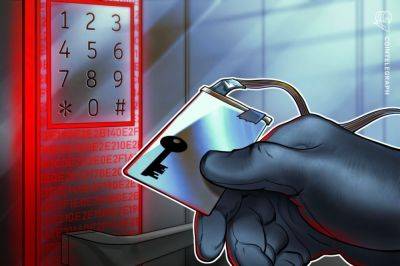Quantstamp introduces tool to detect protocols’ flash loan attack vulnerability
Blockchain security provider Quantstamp has launched an automated service to detect flash loan attack vectors in smart contracts. The new service is being called Economic Exploit Analysis and is based on research done at the University of Toronto.
Economic Exploit Analysis will be available to protocols, whether they have been deployed or not. It will enhance Quantstamp’s audits by identifying flash loan attack vulnerabilities in a client’s code. The service will be available on any Ethereum Virtual Machine (EVM)-compatible blockchain and is non-exhaustive — that is, it may not detect all attacks.
In decentralized finance (DeFi), a flash loan is an unsecured loan that has to be taken out and paid back in the same transaction. Flash loans can be used to take advantage of price differences between crypto exchanges (arbitrage), debt refinancing and similar actions. A flash loan attack is the manipulation of DeFi protocols in ways developers did not foresee. Quantstamp explained:
Related: Ripple expands Canadian engineering activities with U of Toronto XRP validator
The need for greater security in DeFi markets is garnering increasing attention. The problem of flash loan largest attacks, in particular, was brought into focus when Euler Finance was attacked in March. Last year, over $2 billion worth of crypto was stolen in hacks and exploits.
Another day, another speaker for #L2Warsaw - @jgorzny, Head of L2 Scaling at @Quantstamp!
He'll discuss their new rollup security framework and its aim to standardize language for both users & developers.
Title: "Rollup Security Framework"
12:00 PM pic.twitter.com/3rW9UFZZoS
Coinbase’s new Base layer-2 is also addressing security vulnerabilities. It is developing a monitoring tool that
Read more on cointelegraph.com






















